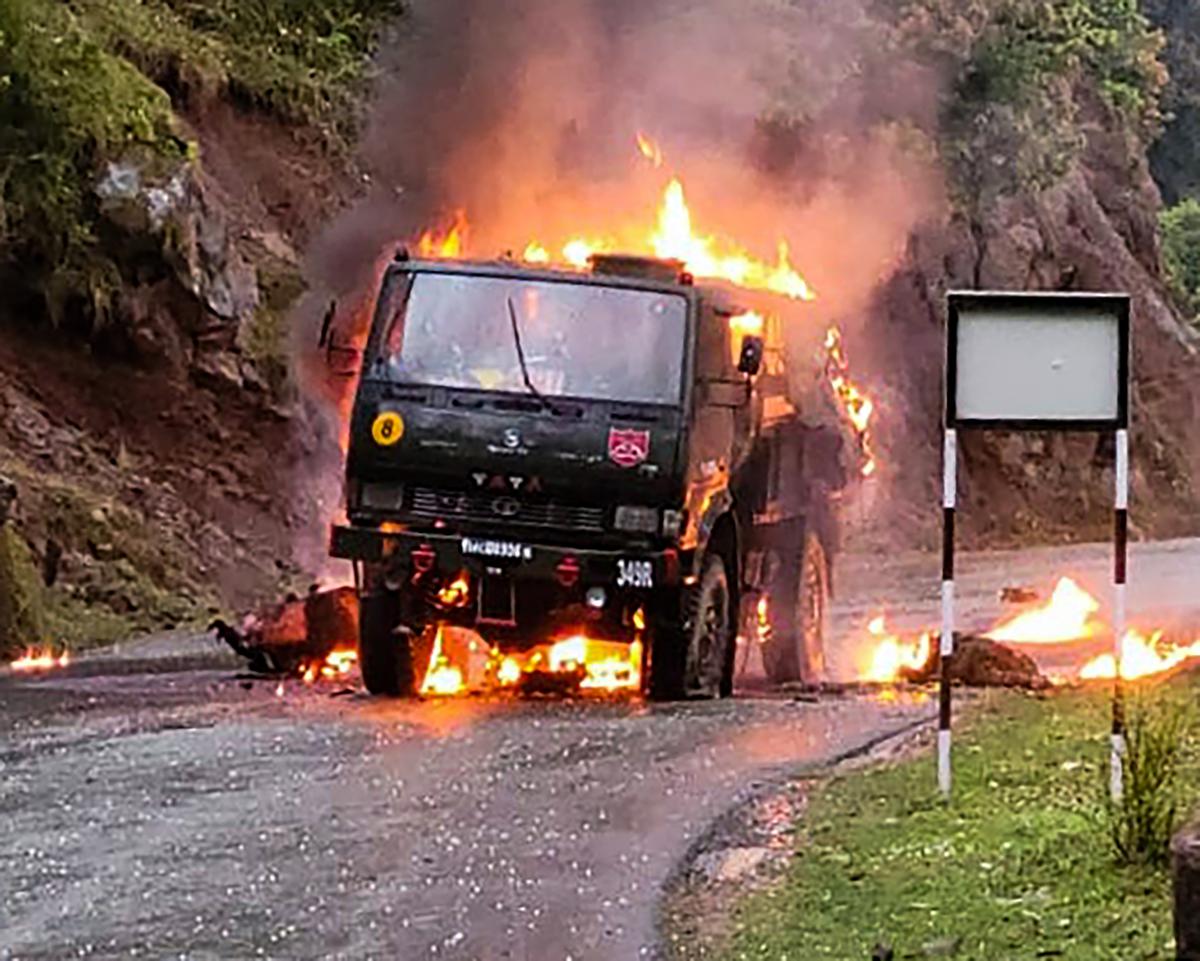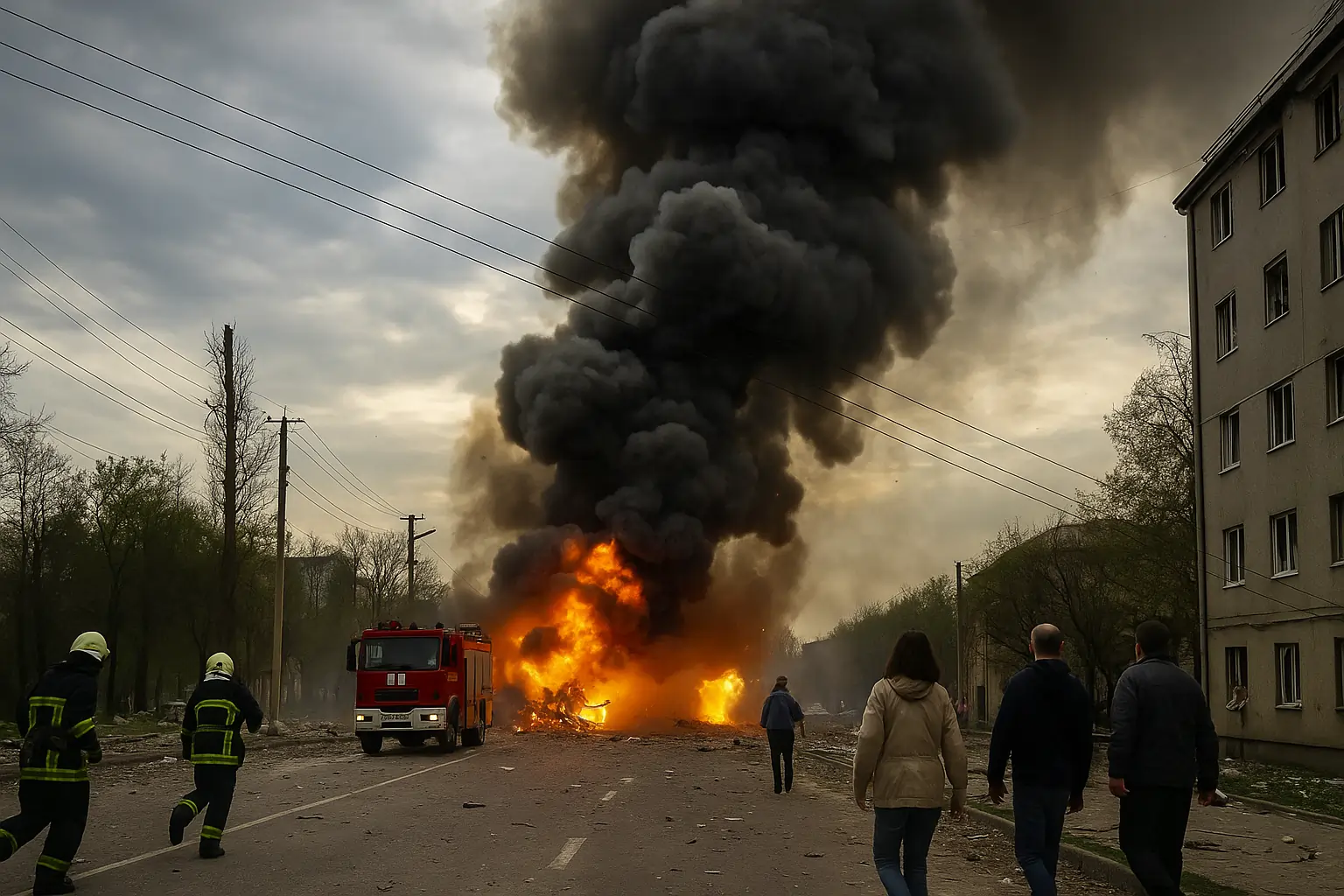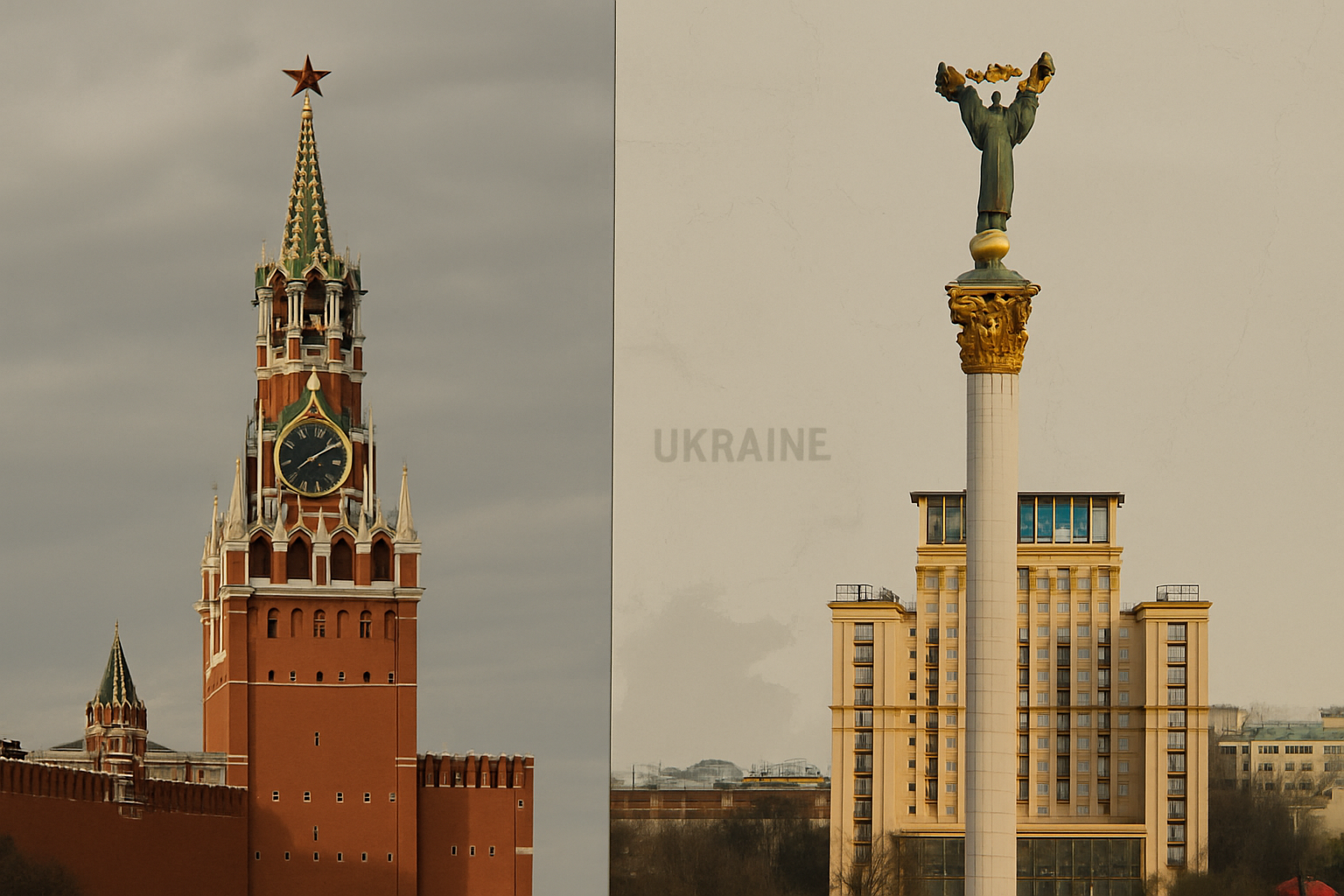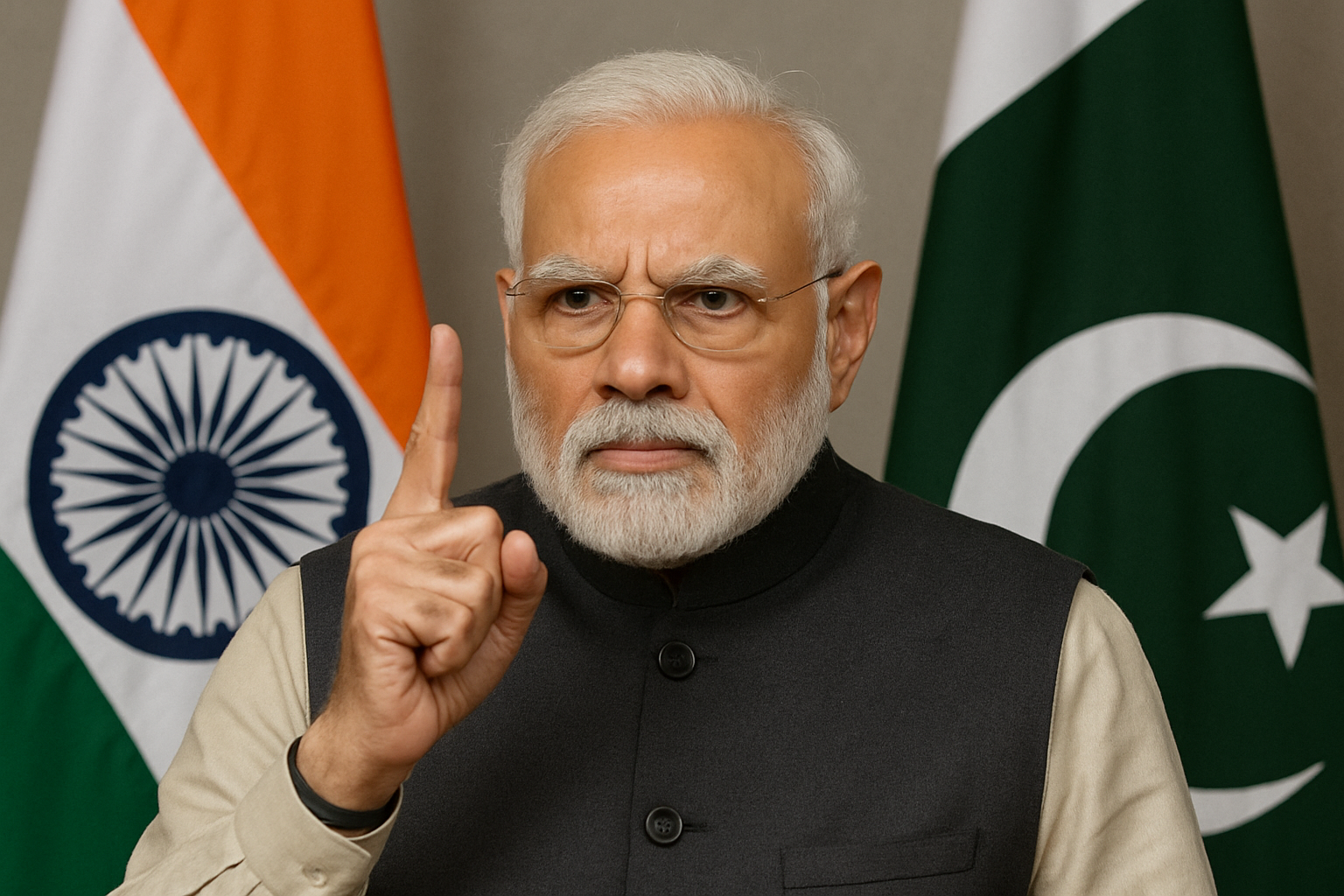New Delhi/Islamabad – May 7, 2025:
India-Pakistan nuclear neighbor tensions soared significantly on Tuesday after the Indian Armed Forces mounted surgical strikes on terror infrastructure along the Line of Control (LoC), in retaliation for what is being referred to as the Kashmir Carnage—a brutal terrorist massacre killing 27 civilians and 9 security officials in Pahalgam, Jammu & Kashmir.
In a rapid counterattack, the Indian Air Force (IAF) allegedly struck several terror launch pads and logistics centers operated by Jaish-e-Mohammed (JeM) and Lashkar-e-Taiba (LeT) in Pakistan-occupied Kashmir (PoK) and Khyber Pakhtunkhwa. The operation, carried out at dawn, is one of the most dramatic escalations since the Balakot strikes of 2019.
But within minutes of Pakistan’s announcement, its Inter-Services Public Relations (ISPR) described its air defense systems intercepting and destroying five Indian fighter planes, a claim that has been strongly denied by India as “false propaganda intended for domestic optics.”
Context: The Kashmir Massacre
The attacks are just 48 hours after one of the deadliest terror attacks in recent times shook Kashmir. Armed militants fired at a convoy of civilian cars on Sunday evening and then attacked a nearby army patrol in Pahalgam, leaving large numbers of casualties. The attack has been largely blamed on Pakistan-based terror groups, and there is public outrage with demands for swift retribution.
Prime Minister Narendra Modi, delivering an emergency speech, pledged a “fitting and forceful reply,” adding, “India will not forget, and India will not forgive.” The Cabinet Committee on Security (CCS) convened late Monday evening, approving the military action under what sources indicate was codenamed “Operation Vajra Vengeance.”
Details of the Strikes
Although the Ministry of Defence did not release locations or numbers of casualties, senior military officials disclosed that deep-strike fighter planes, unmanned aircraft, and precision-guided bombs were used in a combined attack to eliminate training centers, arms storages, and militant safe houses.
Indian media announced that Mirage 2000 and Su-30MKI planes were included in the strike contingent, aided by early warning systems and mid-air refueling tankers. There were at least six targets attacked, including purported JeM bases in Muzaffarabad, Chakothi, and Mansehra.
Indian Air Force dropped satellite images illustrating burned infrastructure on targeted locations, claiming “high-value targets neutralized with zero collateral damage.”
Pakistan’s Response and Escalation
Pakistan Foreign Ministry vehemently criticized the airstrikes, terming them an “act of aggression.” Addressing a TV show, Pakistani Prime Minister Shehbaz Sharif said, “We reserve the right to respond at a time and place of our choosing.”
Pakistan’s military spokesman, Maj. Gen. Ahmed Sharif Chaudhry, asserted that Pakistan Air Force (PAF) fighter jets scrambled in minutes of the Indian incursion and “shot down five enemy planes trying to escape.” He further stated that wreckage of Indian aircraft had reportedly fallen in Pakistani territory and that two Indian pilots were taken alive, a fact India strongly denies.
India’s Ministry of External Affairs replied, stating, “No Indian aircraft has been shot down. All pilots have returned safely. The Pakistani allegations are unfounded and an attempt to twist facts.”
Global Reactions and Diplomatic Push
The crisis has attracted international concern immediately. The United Nations, United States, and European Union have demanded restraint and de-escalation. U.S. Secretary of State Antony Blinken called on both countries to eschew a wider conflict and proposed to mediate if need be.
China, another important regional player, demanded “dialogue and diplomacy,” while Russia called on both nations to abide by international borders and resolve conflicts peacefully.
Public Mood and Political Impact
In both nations, the mood is one of heightened nationalism and high tension. Indian social media is on fire with the likes of #KashmirAvenged and #IndiaStrikesBack, while in Pakistan, pro-military protests have broken out across several cities.
With elections scheduled in India later this year, the government’s robust military reaction is likely to have important political consequences, while Pakistan’s military establishment is under pressure to show strength without starting full-scale war.
Conclusion:
As each side sits at the precipice of disaster, powers in the region and beyond are observing intently. The next several hours will decide if the war extends into a larger conflict—or if diplomacy might step in to draw the two countries back from the edge.






